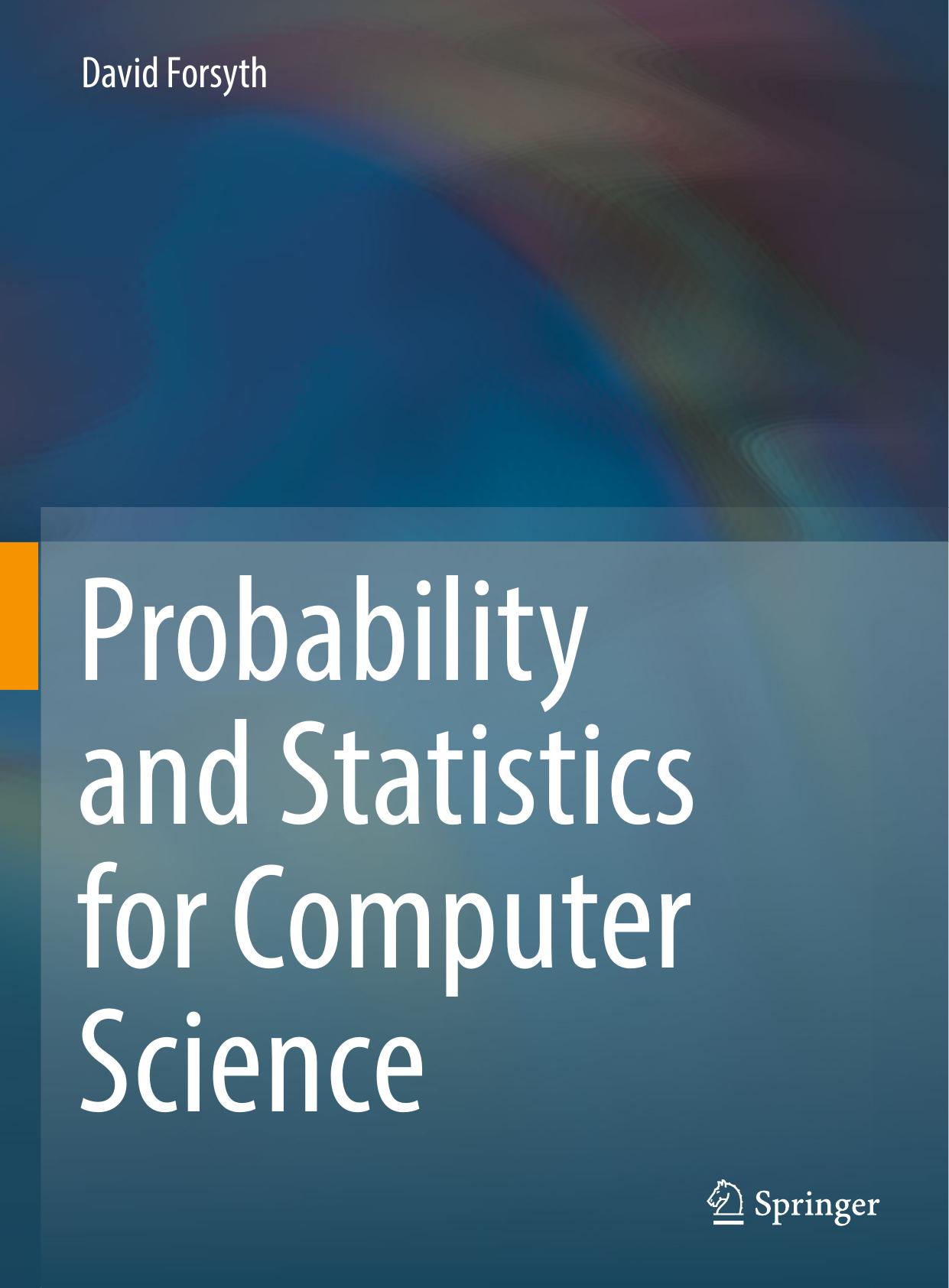Probability and Statistics for Computer Science by David Forsyth

Author:David Forsyth
Language: eng
Format: epub, pdf
Publisher: Springer International Publishing, Cham
Now assume the factors do not interact. Then we can use the rows to estimate the effect of factor one at L 1 different levels using G × L 2 measurements per cell. Similarly, we can use the columns to estimate the effect of factor two at L 2 different levels using G × L 1 measurements per cell. To obtain the same number of measurements per cell for each factor with independent experiments would take more experiments. You would have to use experiments for factor one and another experiments for factor two.
Randomization is still a strong strategy for assigning groups to cells. Again, we will assume that the experimental equipment doesn’t have a memory, and that changing settings and so on is trivial. We allocate subjects to groups at random, ensuring that each group gets G subjects. You could do this, for example, by permuting the subjects randomly, then allocating the first G to group 1, 1, etc.
We then perform the experiment, by treating each group of subjects at the prescribed level, and recording the results. For each subject, we will observe a measurement. We want to know if there is an interaction between the treatments, and if either treatment has any effect. We can investigate this question using methods like those for one-factor experiments.
We assume that differences in observed values in each group are purely due to noise. Write x ijk for the observed value for the k’th subject in the treatment group that has the i’th level of the first treatment and the j’th level of the second treatment. This means that we could model
Download
Probability and Statistics for Computer Science by David Forsyth.pdf
This site does not store any files on its server. We only index and link to content provided by other sites. Please contact the content providers to delete copyright contents if any and email us, we'll remove relevant links or contents immediately.
| AI & Machine Learning | Bioinformatics |
| Computer Simulation | Cybernetics |
| Human-Computer Interaction | Information Theory |
| Robotics | Systems Analysis & Design |
Algorithms of the Intelligent Web by Haralambos Marmanis;Dmitry Babenko(8295)
Test-Driven Development with Java by Alan Mellor(6691)
Data Augmentation with Python by Duc Haba(6597)
Principles of Data Fabric by Sonia Mezzetta(6355)
Learn Blender Simulations the Right Way by Stephen Pearson(6246)
Microservices with Spring Boot 3 and Spring Cloud by Magnus Larsson(6114)
Hadoop in Practice by Alex Holmes(5958)
Jquery UI in Action : Master the concepts Of Jquery UI: A Step By Step Approach by ANMOL GOYAL(5806)
RPA Solution Architect's Handbook by Sachin Sahgal(5513)
Big Data Analysis with Python by Ivan Marin(5346)
The Infinite Retina by Robert Scoble Irena Cronin(5210)
Life 3.0: Being Human in the Age of Artificial Intelligence by Tegmark Max(5143)
Pretrain Vision and Large Language Models in Python by Emily Webber(4304)
Infrastructure as Code for Beginners by Russ McKendrick(4064)
Functional Programming in JavaScript by Mantyla Dan(4037)
The Age of Surveillance Capitalism by Shoshana Zuboff(3946)
WordPress Plugin Development Cookbook by Yannick Lefebvre(3780)
Embracing Microservices Design by Ovais Mehboob Ahmed Khan Nabil Siddiqui and Timothy Oleson(3583)
Applied Machine Learning for Healthcare and Life Sciences Using AWS by Ujjwal Ratan(3559)
